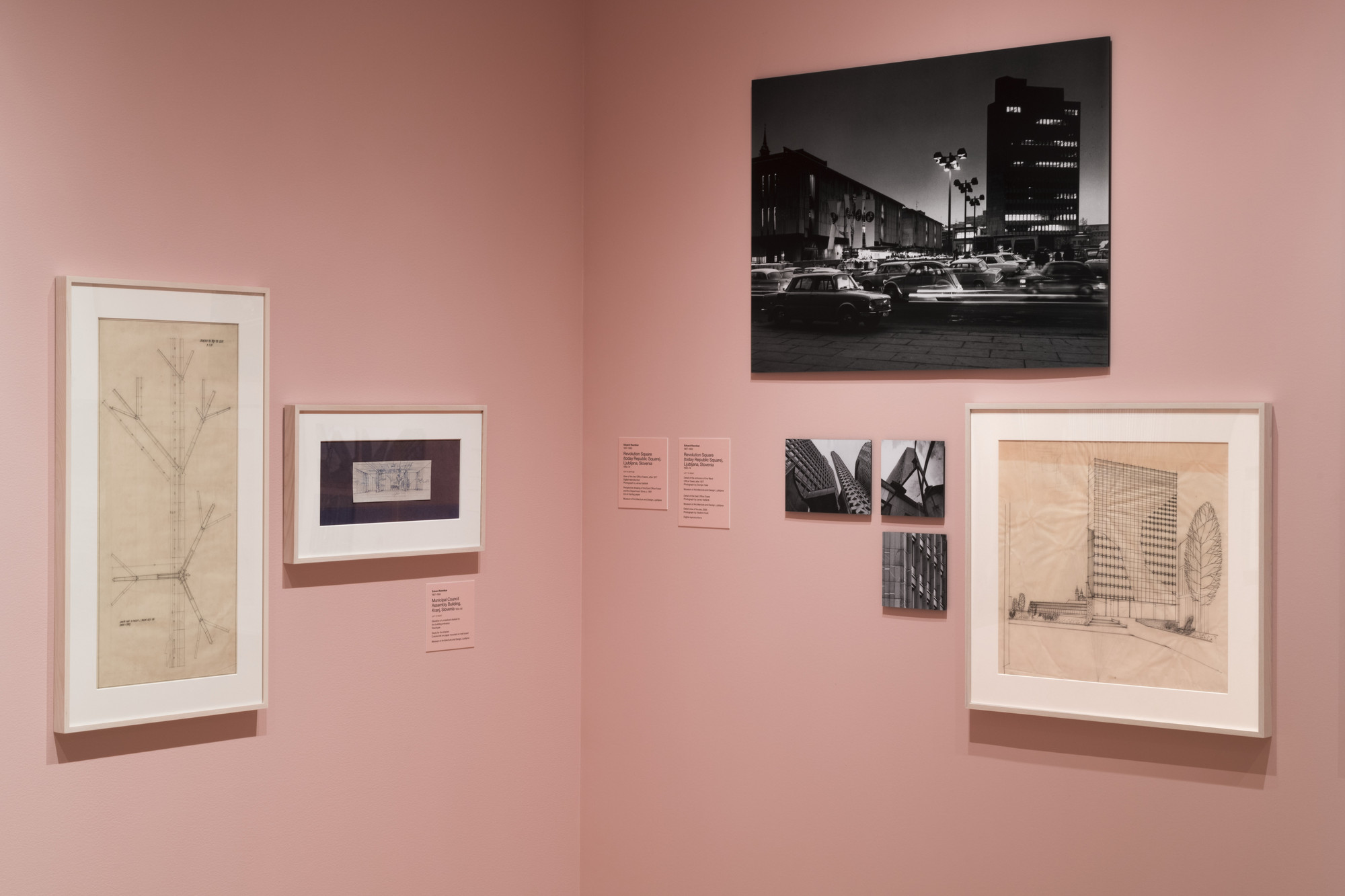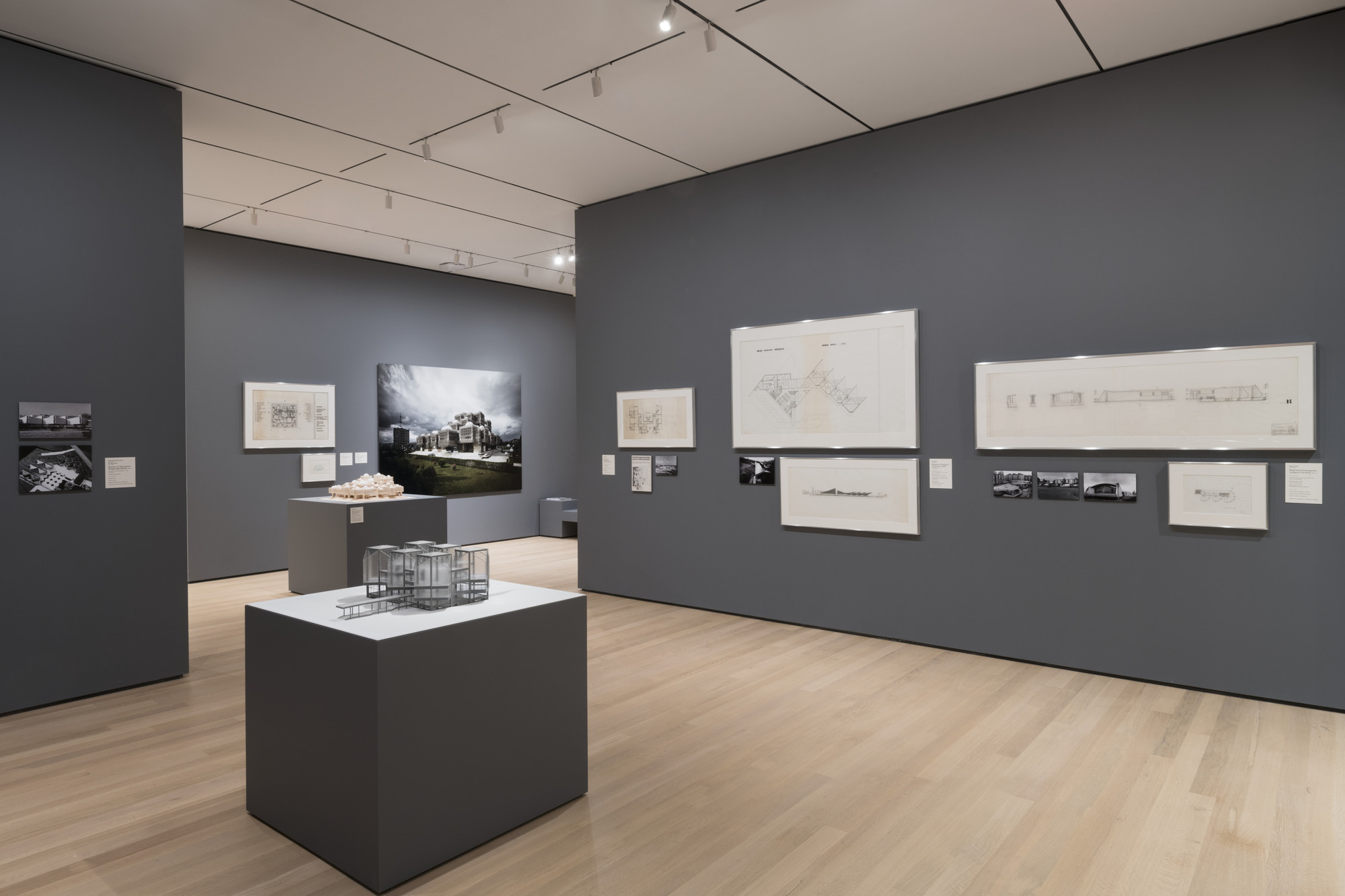

He also authored a book on Robert Venturis two-year tenure at the American Academy. Squeezed between the two rival Cold War blocs, Yugoslav architecture consistently adhered to a modernist trajectory. That is, until the late 2000s, when Belgian photographer Jan Kempenaers began capturing the abstract sculptures and pavilions and posting his photographs to the internet. He is currently working on the exhibition Toward a Concrete Utopia. The Actual History Behind Yugoslavia's "Spomenik" Monumentsįor many years, Yugoslavia's futuristic "Spomenik" monuments were hidden from the majority of the world, shielded from the public eye by their remote locations within the mountains and forests of Eastern Europe. Built in the 1960s and 70s under former president Josep Broz Tito, these monuments commemorate the communist resistance during the German occupation.Ĭommissioned by former Yugoslavian president, Josip Broz Tito in the 1960s and 70s to commemorate sites where WWII battles took place, these now forgotten structures stand empty and without the significance it once had decades ago. His subject matter? Yugoslavian monuments, or "spomenik" in Serbian. Jonk's Photographs Depict the Abandonment and Beauty of Yugoslavian Monumentsįrench photographer Jonk drove over 5,000 kilometers through southeast Europe. It is this architectural landscape that forms the basis of the sprawling, revelatory exhibition Toward A Concrete Utopia: Architecture in Yugoslavia 1948-1980 which was on view at the Museum of Modern Art in New York from Jto January 13, 2019. For more information, check out our previous coverage of the event, and visit the official website here.

The exhibition will be open until January 13th 2019. The Museum of Modern Art is exploring the architecture of the former Yugoslavia with 'Toward a Concrete Utopia: Architecture in Yugoslavia. Photo: Valentin Jeck, commissioned by The Museum of Modern Art, New York, 2016. Save this picture! Stojan Maksimović, Sava Center, 1979, Belgrade, Serbia.


 0 kommentar(er)
0 kommentar(er)
